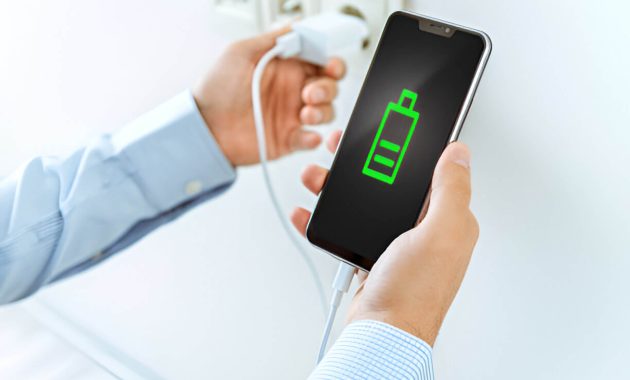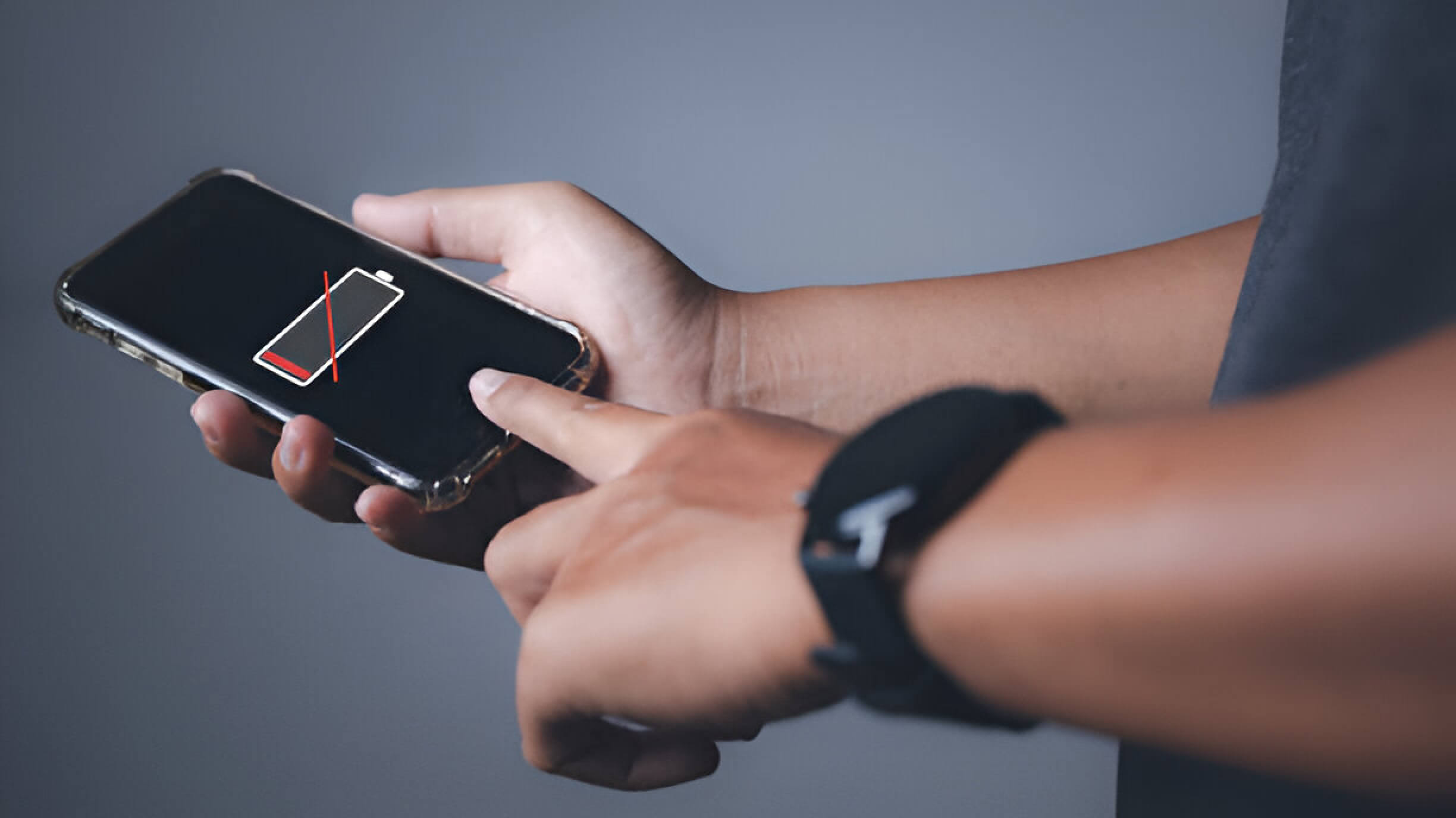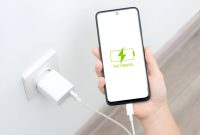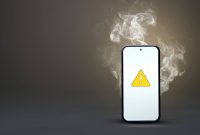Charging issues with smartphones can be a common and frustrating problem for many users. This guide explores the various reasons why your phone might not be charging properly and offers practical solutions to help you diagnose and resolve the issue. From simple fixes like checking cables and cleaning ports to more complex troubleshooting methods, we’ll cover a range of potential causes and remedies to get your device powered up and running smoothly again.
Understanding the Basics of Phone Charging
The process of charging a smartphone involves several key components working together to transfer power from an external source to the device’s battery. At the heart of this system is the battery itself, typically a lithium-ion cell that stores and releases electrical energy. When you plug in your phone, the charging port connects to a power source, which can be a wall outlet, computer USB port, or wireless charging pad.
The charging process is regulated by a built-in charge controller, which manages the flow of electricity to prevent overcharging and overheating. This component ensures that the battery receives the appropriate amount of power at each stage of charging, gradually reducing the current as the battery approaches full capacity.
Modern smartphones often incorporate fast-charging technology, which can significantly reduce charging times. This is achieved through higher voltage and amperage, carefully controlled to maintain safety and battery longevity. Some devices also feature wireless charging capabilities, utilizing electromagnetic induction to transfer power without physical connectors.
Understanding these basics can help users optimize their charging habits and extend their device’s battery life. It’s important to note that while charging speed is convenient, factors such as heat generation and charge cycles can impact long-term battery health.
Common Reasons Why Your Phone May Not Be Charging
There are several common reasons why your phone might not be charging properly. One of the most frequent culprits is a faulty charging cable. Over time, cables can become frayed or damaged, leading to inconsistent or non-existent charging. It’s always worth trying a different cable to rule out this possibility.
Another potential issue lies with the charging port itself. Dust, lint, or debris can accumulate in the port, preventing a proper connection. Carefully cleaning the port with a soft brush or compressed air can often resolve this problem. In some cases, the charging port may be physically damaged, requiring professional repair.
Software glitches can also interfere with the charging process. Occasionally, a simple restart of your device can clear up these issues. If the problem persists, checking for and installing any available software updates may help.
Battery issues are another consideration. As batteries age, they may lose their ability to hold a charge effectively. If your phone is several years old, it might be time to consider a battery replacement.
Lastly, don’t overlook the power source. Ensure that the outlet or power bank you’re using is functioning correctly. Sometimes, what appears to be a phone charging problem is actually an issue with the power supply.
By systematically checking these common causes, you can often identify and resolve charging issues without the need for professional intervention.
Examining Your Charging Cable and Adapter
When troubleshooting charging issues, it’s crucial to examine your charging cable and adapter closely. Start by inspecting the cable for signs of wear and tear, such as fraying, kinks, or exposed wires. These damages can significantly impact charging performance and may even pose safety risks.
Next, ensure you’re using compatible chargers for your device. While many modern devices use USB-C connectors, some still rely on proprietary connections like Apple’s Lightning port. Using the wrong type of connector can prevent charging altogether.
Consider the difference between authentic and third-party accessories. While genuine manufacturer chargers may be more expensive, they’re designed specifically for your device and often provide optimal charging speeds and safety features. Third-party options can be hit-or-miss, so research reputable brands if you choose this route.
For those with newer devices, USB-C connectors offer advantages over older standards like Lightning. They’re reversible, support faster charging speeds, and are becoming increasingly universal across devices. However, ensure your device is compatible before making the switch.
Regular inspection and proper care of your charging accessories can extend their lifespan and maintain optimal charging performance for your devices.
Inspecting Your Phone’s Charging Port
Inspecting your phone’s charging port is a crucial maintenance task that can prevent charging issues and extend your device’s lifespan. Over time, debris such as lint, dust, and dirt can accumulate in the port, potentially causing connectivity problems or damage. To inspect the port, use a bright light and magnifying glass if necessary. Look for any visible debris or signs of damage, such as bent pins or corrosion.
If you spot debris, gentle cleaning techniques can often resolve the issue. Use a soft, dry toothbrush or a can of compressed air to carefully remove loose particles. For stubborn debris, a plastic toothpick or wooden cotton swab can be effective, but exercise caution to avoid damaging the delicate components inside the port.
In cases of visible port damage or if cleaning doesn’t solve the problem, it’s best to seek professional repair options. Many phone manufacturers and authorized service centers offer specialized tools and expertise to address charging port issues without risking further damage to your device. Remember, regular inspection and maintenance of your phone’s charging port can save you from costly repairs and ensure your device remains functional for years to come.
Software-Related Charging Issues
When experiencing charging problems with your device, it’s important to consider that the issue may not always be hardware-related. Operating system bugs can sometimes interfere with the charging process, causing unexpected behavior or preventing the device from charging altogether. App interference is another potential culprit, as certain applications may consume excessive power or conflict with the device’s charging mechanisms.
To address these software-related charging issues, start by ensuring your device’s operating system is up to date. Software updates often include fixes for known bugs and can resolve charging problems. If issues persist after updating, try booting your device in safe mode. This troubleshooting step disables third-party applications, allowing you to determine if an app is causing the charging problem.
If your device charges normally in safe mode, systematically uninstall recently added apps to identify the problematic software. Additionally, clearing the cache and data of power management-related apps or performing a factory reset may help resolve persistent software-related charging issues. Remember to back up your data before attempting any major software changes or resets.
Battery Health and Charging Capacity

Battery health is a crucial factor in the longevity and performance of our electronic devices. Over time, all rechargeable batteries experience some level of degradation, which affects their charging capacity and overall lifespan. This degradation occurs due to various factors, including the number of charge cycles, temperature exposure, and charging habits.
To maintain optimal battery health, it’s essential to understand charge cycles. A charge cycle is completed when you use 100% of your battery’s capacity, whether in one go or over multiple partial charges. Most modern lithium-ion batteries are designed to retain up to 80% of their original capacity after 500-1000 charge cycles.
Many devices now come equipped with built-in battery health monitoring tools, allowing users to track their battery’s condition over time. These tools provide valuable insights into the battery’s current maximum capacity compared to when it was new, helping users determine when a battery replacement might be necessary.
To prolong battery life, it’s recommended to avoid extreme temperatures, maintain partial charges (between 20% and 80%), and use manufacturer-approved chargers. By following these practices and monitoring battery health, users can ensure their devices maintain optimal performance for longer periods before requiring a battery replacement.
Advanced Troubleshooting Techniques
When basic troubleshooting steps fail to resolve your device issues, it’s time to explore more advanced techniques. One of the first methods to try is a force restart, which can often clear temporary glitches without affecting your data. If problems persist, consider performing a factory reset, but remember to back up your important information first.
Keeping your device’s firmware up-to-date is crucial for optimal performance and security. Regular firmware updates can resolve known issues and introduce new features. Check your manufacturer’s website or device settings for available updates.
For more complex problems, diagnostic tools can be invaluable. These specialized software applications can identify hardware failures, software conflicts, and system errors that may not be immediately apparent. Many manufacturers offer proprietary diagnostic tools, while third-party options are also available for more comprehensive analysis.
By employing these advanced troubleshooting techniques, you can often resolve stubborn issues and extend the life of your devices. However, if problems continue despite these efforts, it may be time to consult a professional technician or consider replacing the device.










